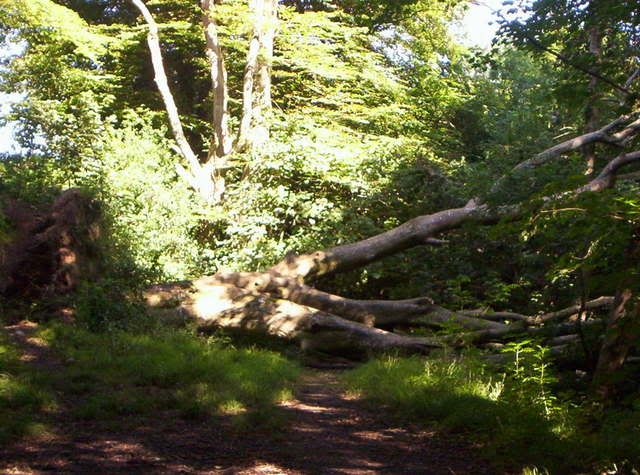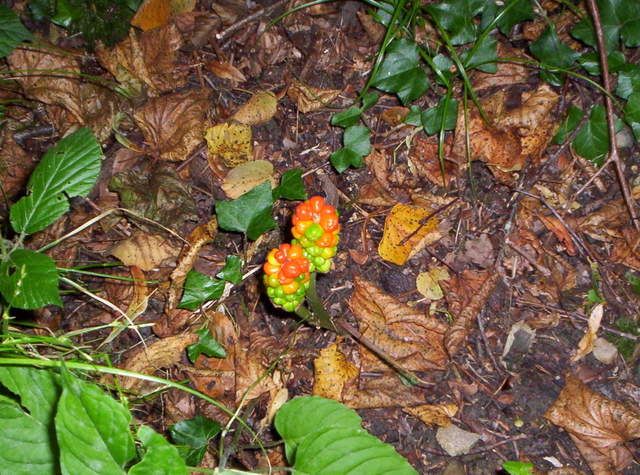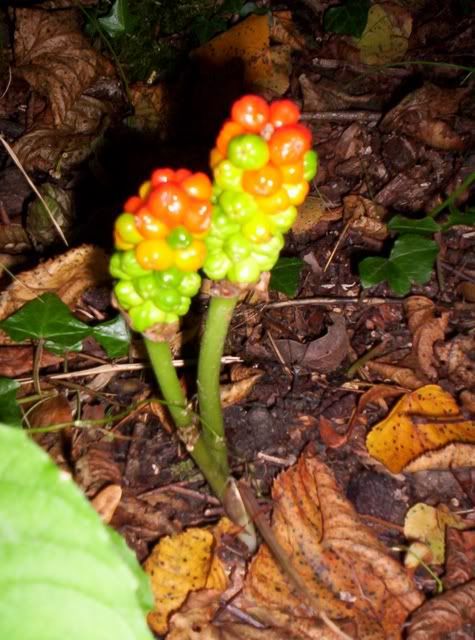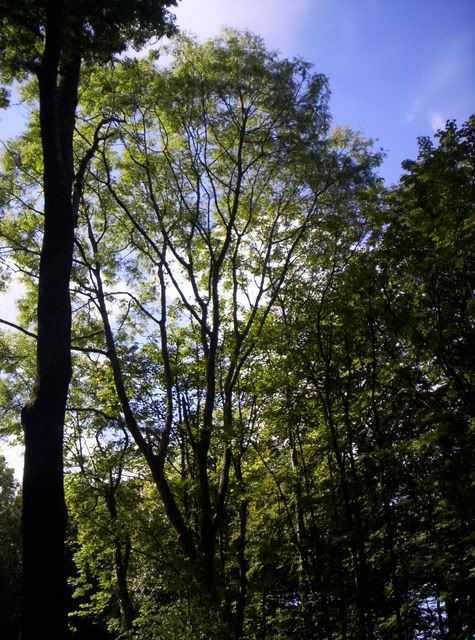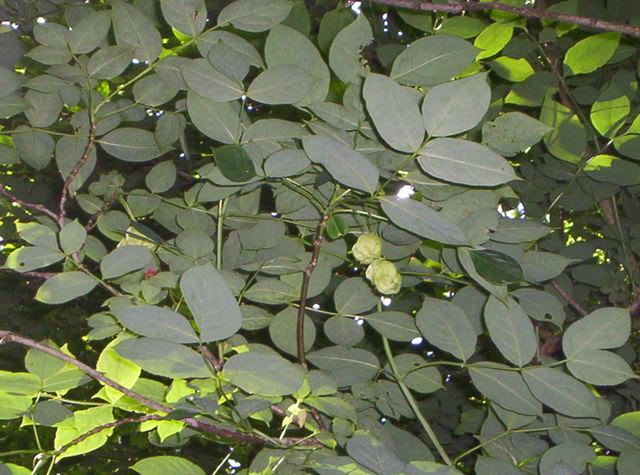The fresh juice yields malate of lime, whilst the plant contains gum, sugar, starch and fat. The name Arum is derived from the Hebrew jaron, "a dart," in allusion to the shape of the leaves like spear heads; or, as some think, from aur, "fire," because of the acrid juice. The adjective maculatum refers to the dark spots or patches which are seen on the smooth shining leaves of the plant. These leaves have sometimes proved fatal to children who have mistaken them for sorrel. The brilliant scarlet coral-like berries which are found set closely about the erect spike of the arum in the autumn are known to country lads as adder's meat--a name corrupted from the Anglo-Saxon attor, "poison," as originally applied to these berries, though it is remarkable that pheasants can eat them with impunity.
In Queen Elizabeth's time the Arum was known as starch-wort because the roots were then used for supplying pure white starch to stiffen the ruffs and frills worn at that time by gallants and ladies. This was obtained by boiling or baking the roots, and thus dispelling their acridity. When dried and powdered the root constitutes the French cosmetic, "Cypress Powder." Recently a patented drug, "Tonga," has obtained considerable notoriety for curing obstinate neuralgia of the head and face this turning out to be the dried scraped stem of an aroid (or arum) called Raphidophora Vitiensis, belonging to the Fiji Islands. Acting on the knowledge of which fact some recent experimenters have tried the fresh juice expressed from our common Arum Maculatum in a severe case of neuralgia which could be relieved previously only by Tonga: and it was found that this juice in doses of a teaspoonful gave similar relief. The British Domestic Herbal, of Sydenham's time, describes a case of alarming dropsy, with great constitutional exhaustion treated most successfully with a medicine composed of Arum and Angelica, which cured in about three weeks. The "English Passion Flower" and "Portland Sago" are other names given to the Arum Maculatum.
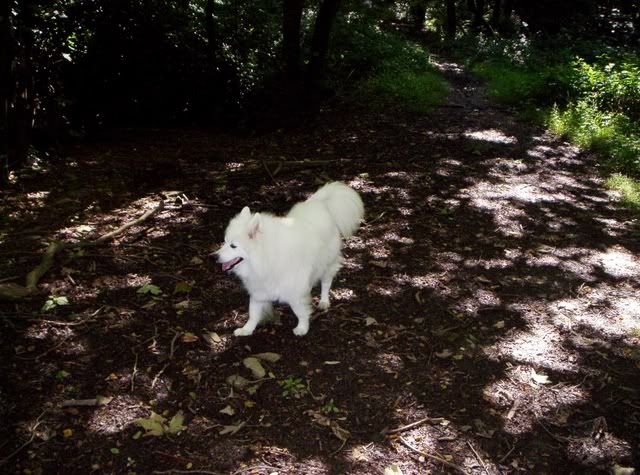
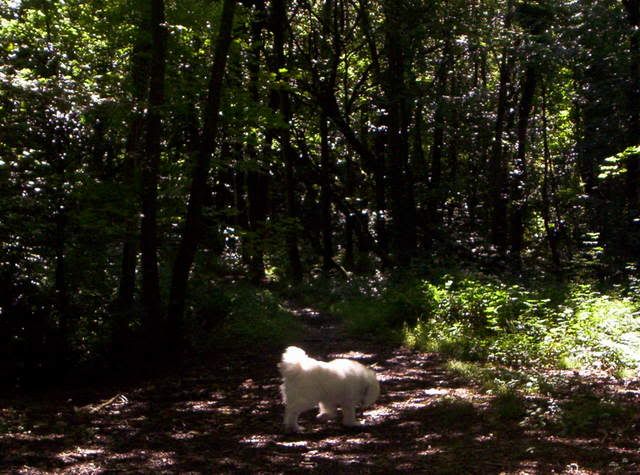
 !
!